Thor 1916
- Displacement (ccm): 632 ccm
- Sold
Thor from 1916. It works properly.
Thor motorcycles were made by The Aurora Machine and Tool Company, which began as a machine shop in 1886, providing forging, castings and parts for many bike manufacturers.
The history of Thor is closely tied to the history of Indian motorcycles. The two companies struck an agreement that entitled the Aurora Company to supply engines for Indian as well as have the freedom to sell additional motors to other companies, paying royalties to the Indian company, so long as Aurora did not enter into direct competition with Indian.
By 1902, Aurora had produced almost 150 motors for Indian.
In 1903, the Aurora Company produced a catalog of parts from which a motorcycle could be built, with the exception of a frame. The Thor Moto Cycle and Bicycle Company began.
From 1903-1905, Thor components remained largely unchanged, and many manufacturer’s designs, including Indian, are very similar. When the Indian Moto Cycle Company gained their own in-house foundry to produce parts, Thor offered complete machines, ending the prior agreement with Indian.
By 1908, Thor offered both battery and magneto ignition, as well as either chain or belt drive. They developed a design featuring a twin with automatic intake valves, which had been problematic for both Indian and Harley.
Thor continued to make advancements, changing with the needs of an ever-growing popularity of motorcycling, and the racing culture.
In 1916, Thor offered a three-speed transmission, which was one of the last design changes initiated by the company. While the Aurora Company continued to manufacture forgings and components to other motorcycle makers such as Reading Standard, Indian, Merkel, Henderson, and Harley, by 1918 the Thor Moto Cycle Company was producing less.
By 1920, the board of directors announced a cease of production of Thor motorcycles.
SOLD
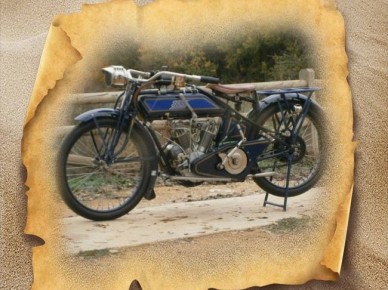 Expand
Expand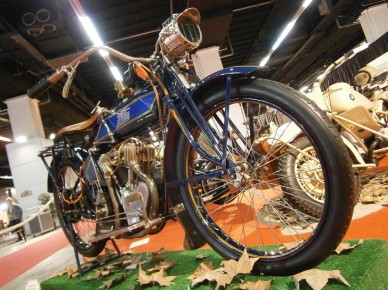 Expand
Expand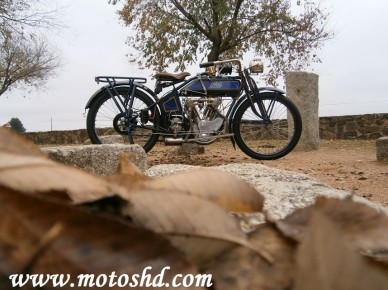 Expand
Expand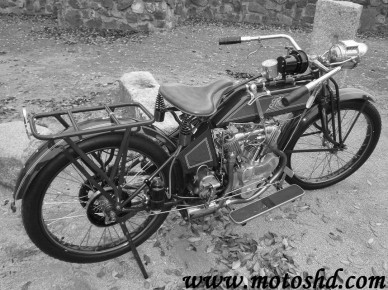 Expand
Expand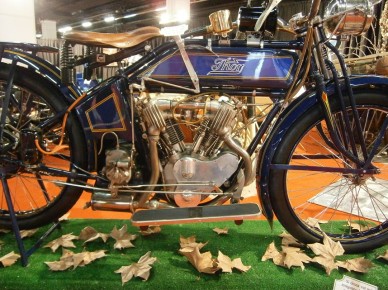 Expand
Expand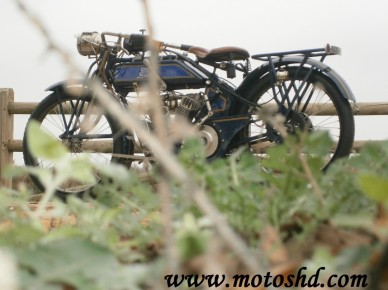 Expand
Expand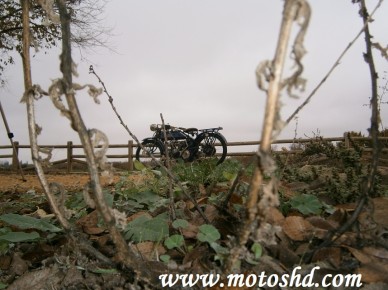 Expand
Expand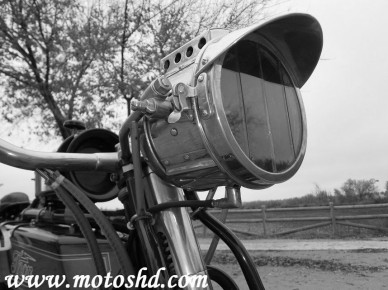 Expand
Expand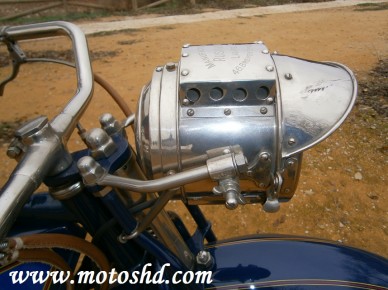 Expand
Expand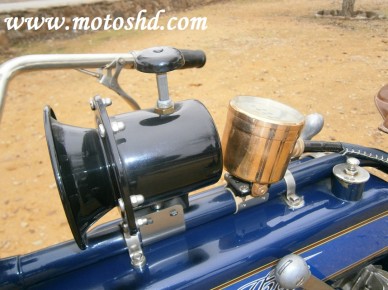 Expand
Expand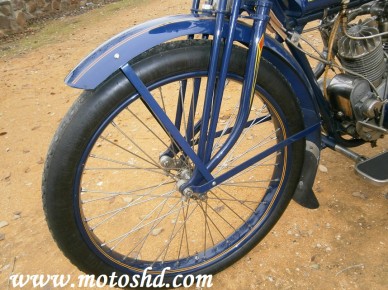 Expand
Expand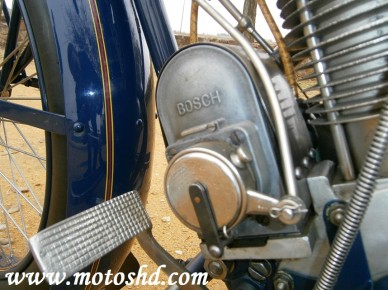 Expand
Expand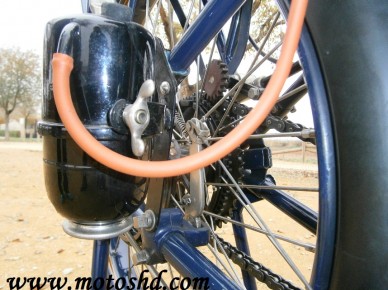 Expand
Expand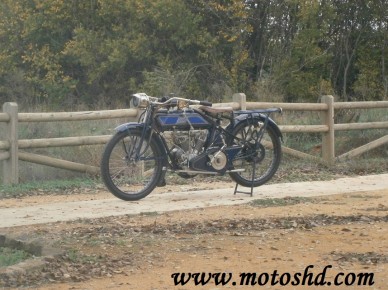 Expand
Expand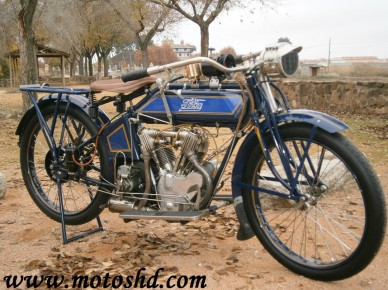 Expand
Expand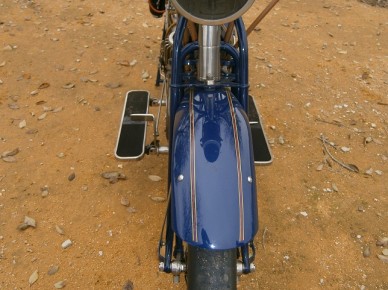 Expand
Expand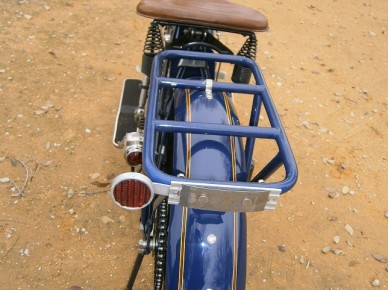 Expand
Expand Expand
Expand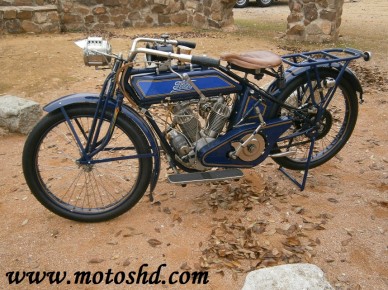 Expand
Expand Expand
Expand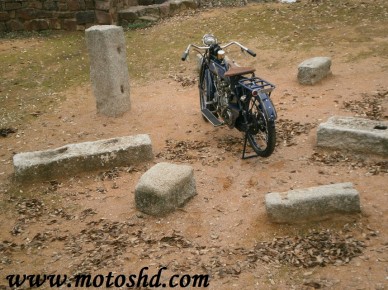 Expand
Expand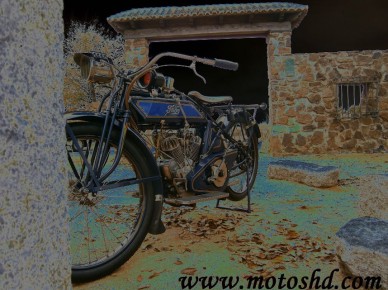 Expand
Expand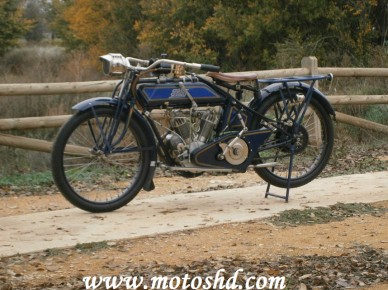 Expand
Expand Expand
Expand Expand
Expand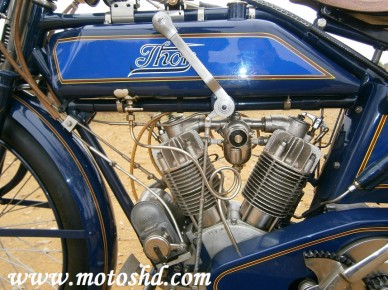 Expand
Expand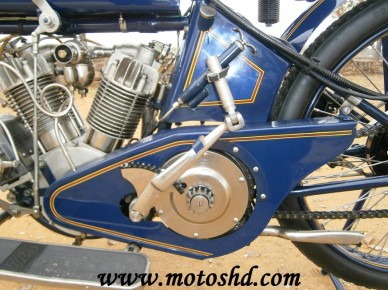 Expand
Expand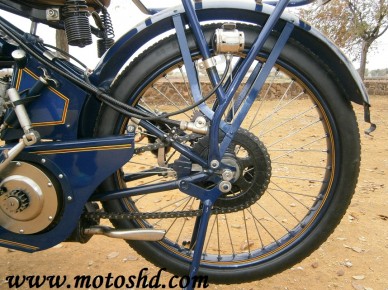 Expand
Expand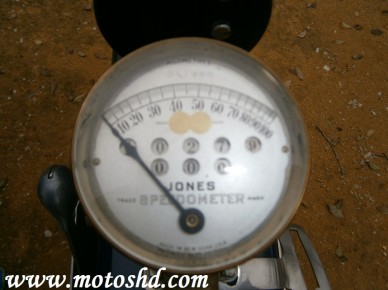 Expand
Expand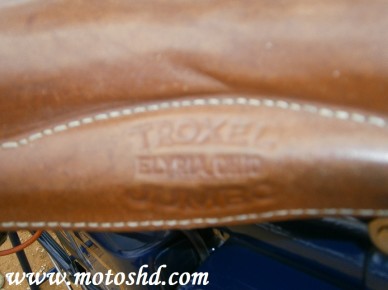 Expand
Expand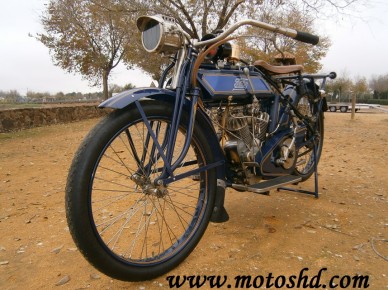 Expand
Expand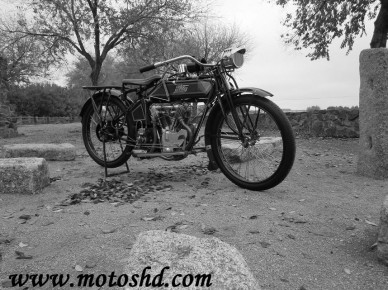 Expand
Expand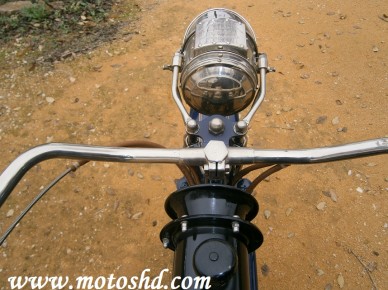 Expand
Expand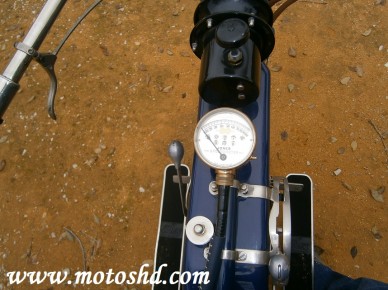 Expand
Expand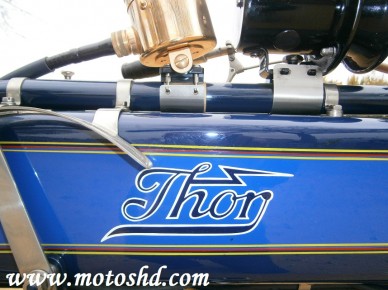 Expand
Expand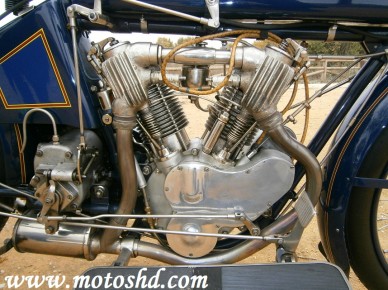 Expand
Expand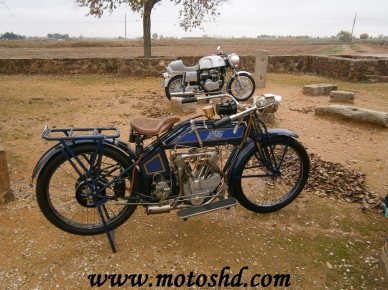 Expand
Expand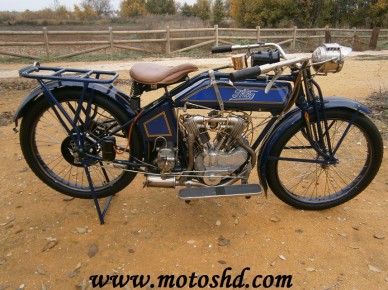 Expand
Expand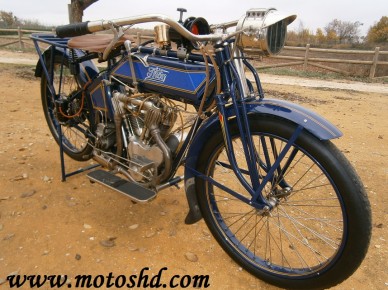 Expand
Expand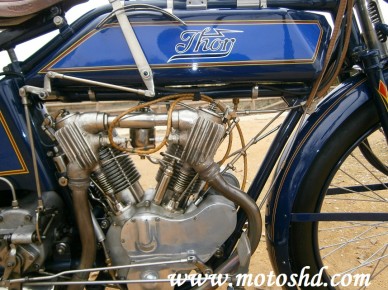 Expand
Expand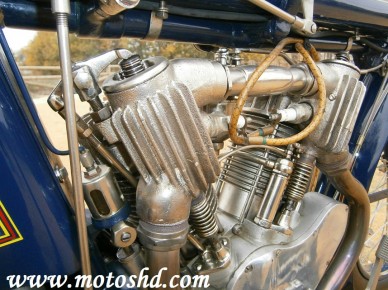 Expand
Expand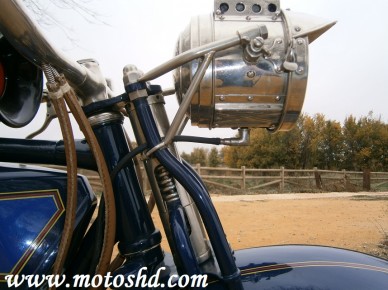 Expand
Expand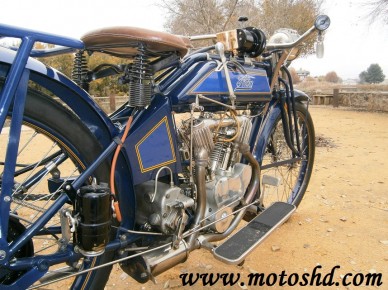 Expand
Expand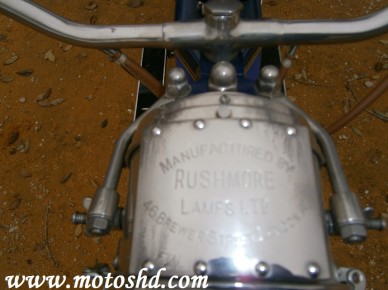 Expand
Expand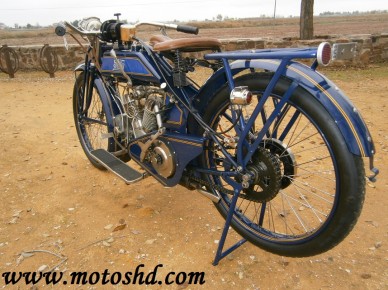 Expand
Expand Expand
Expand Expand
Expand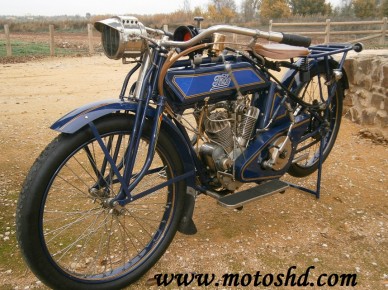 Expand
Expand Expand
Expand Expand
Expand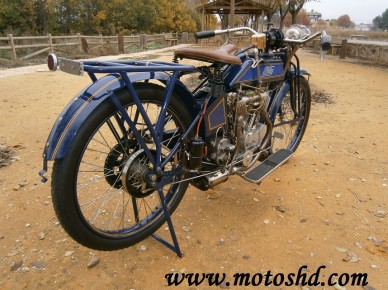 Expand
Expand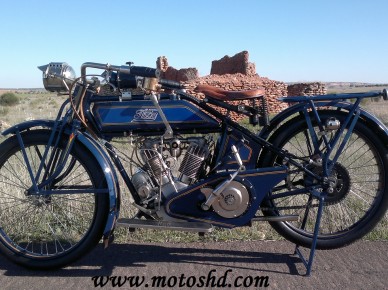 Expand
Expand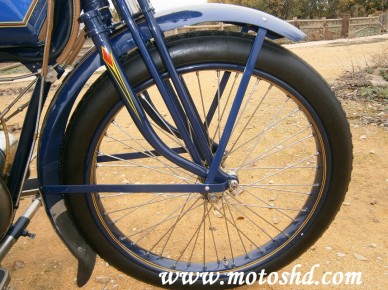 Expand
Expand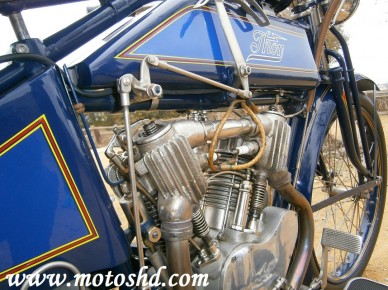 Expand
Expand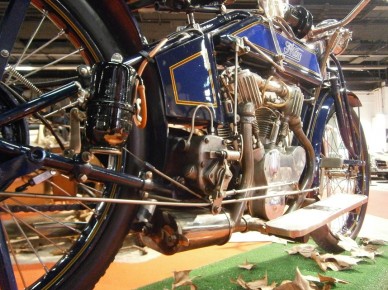 Expand
Expand
 English
English Español
Español